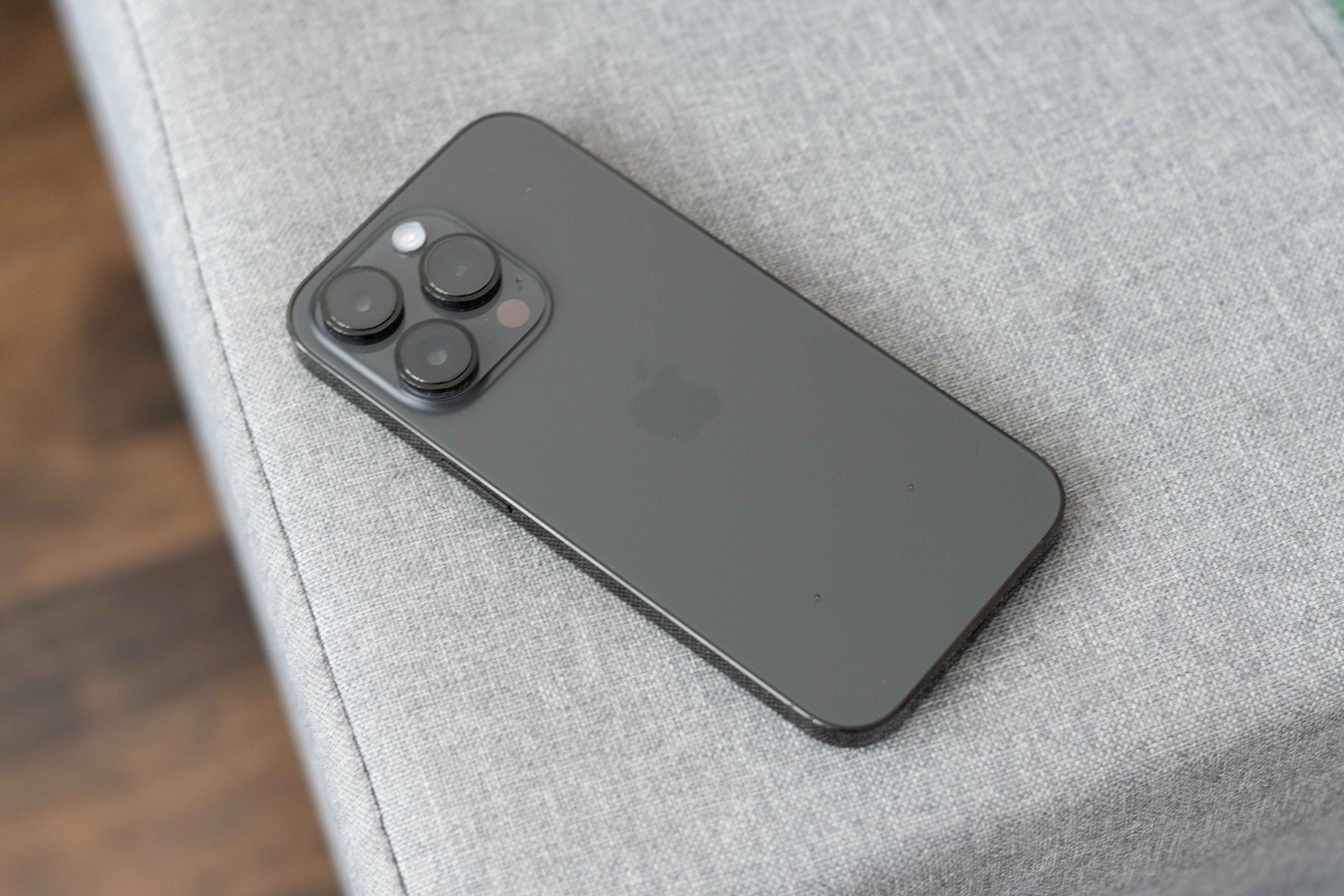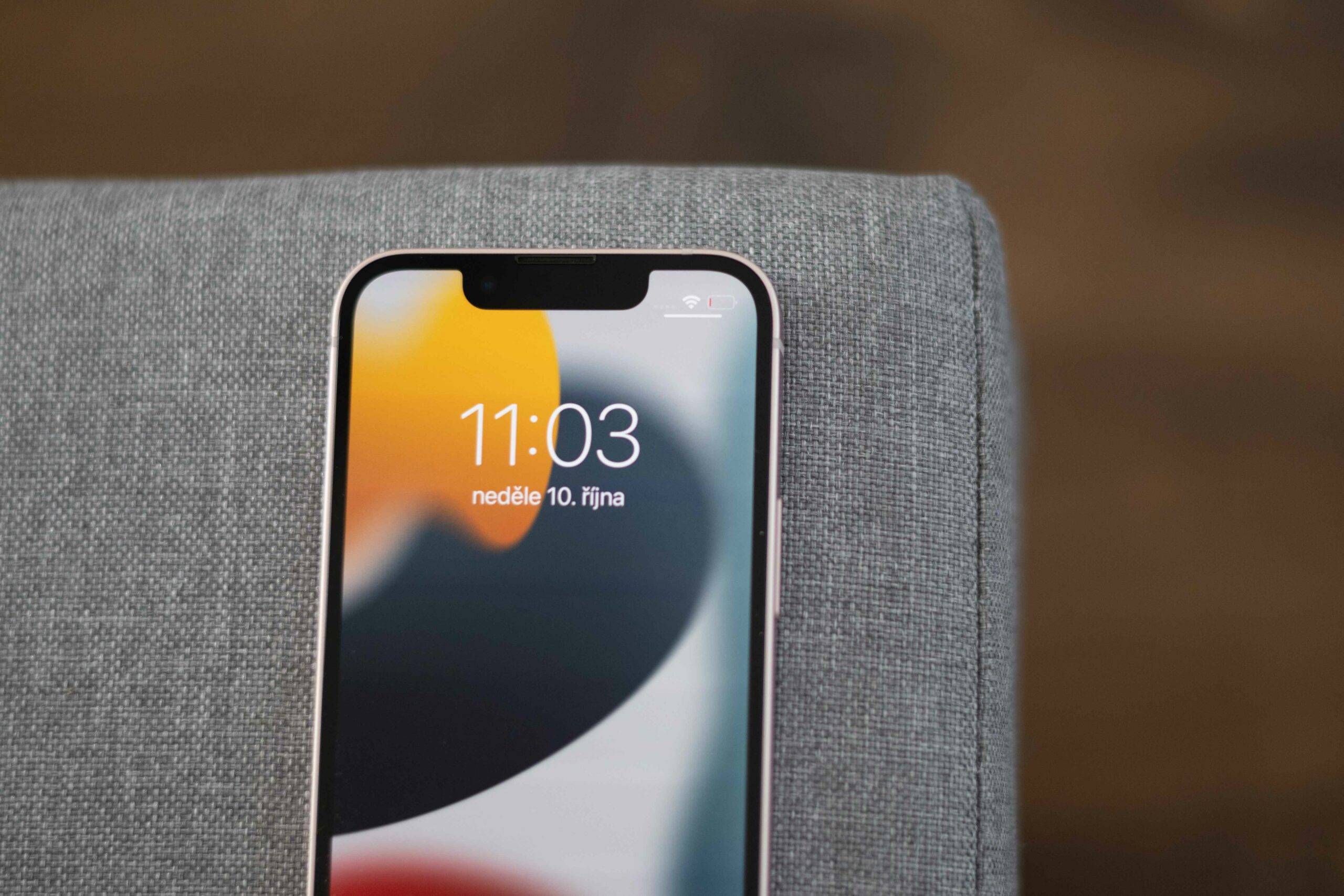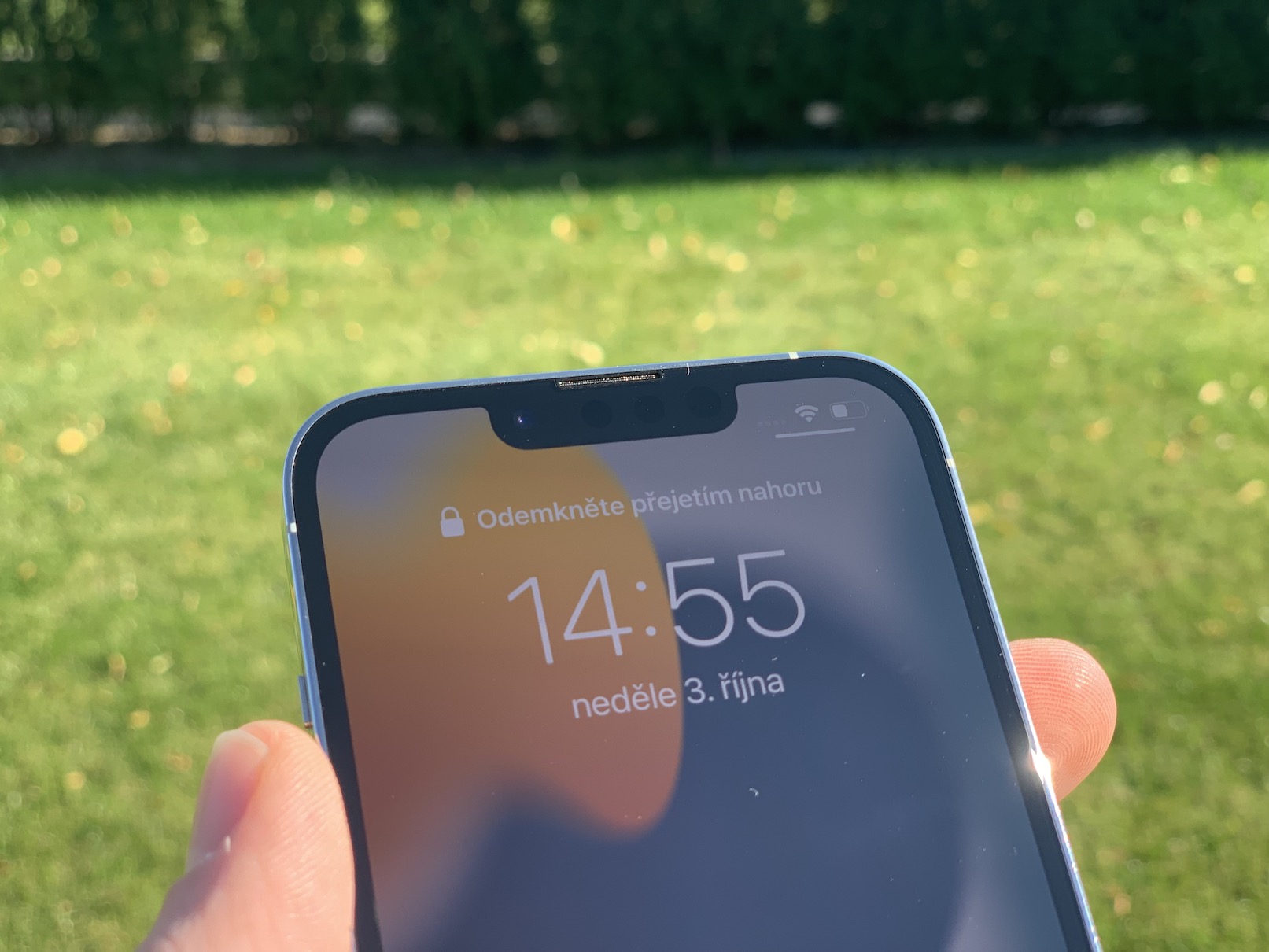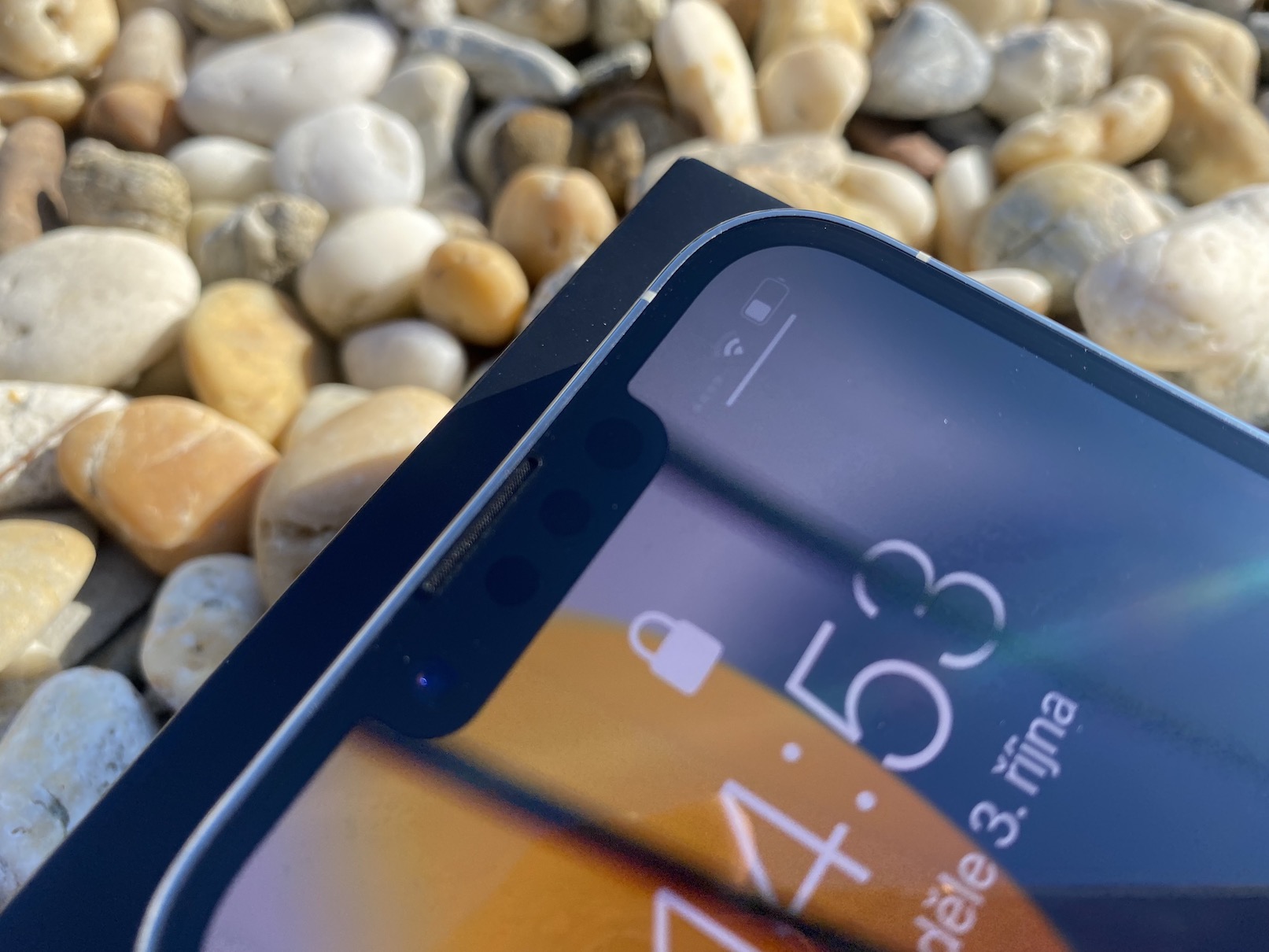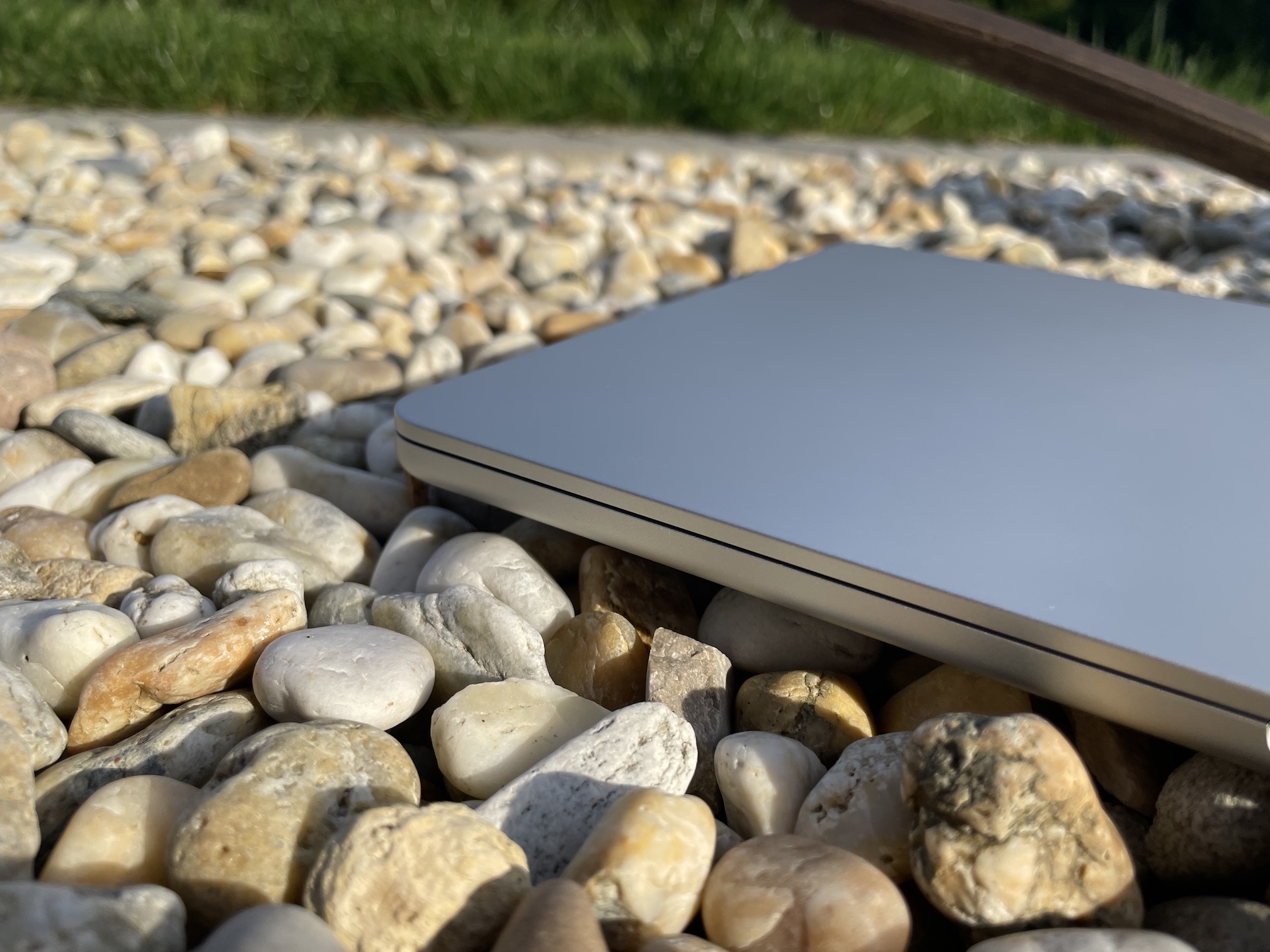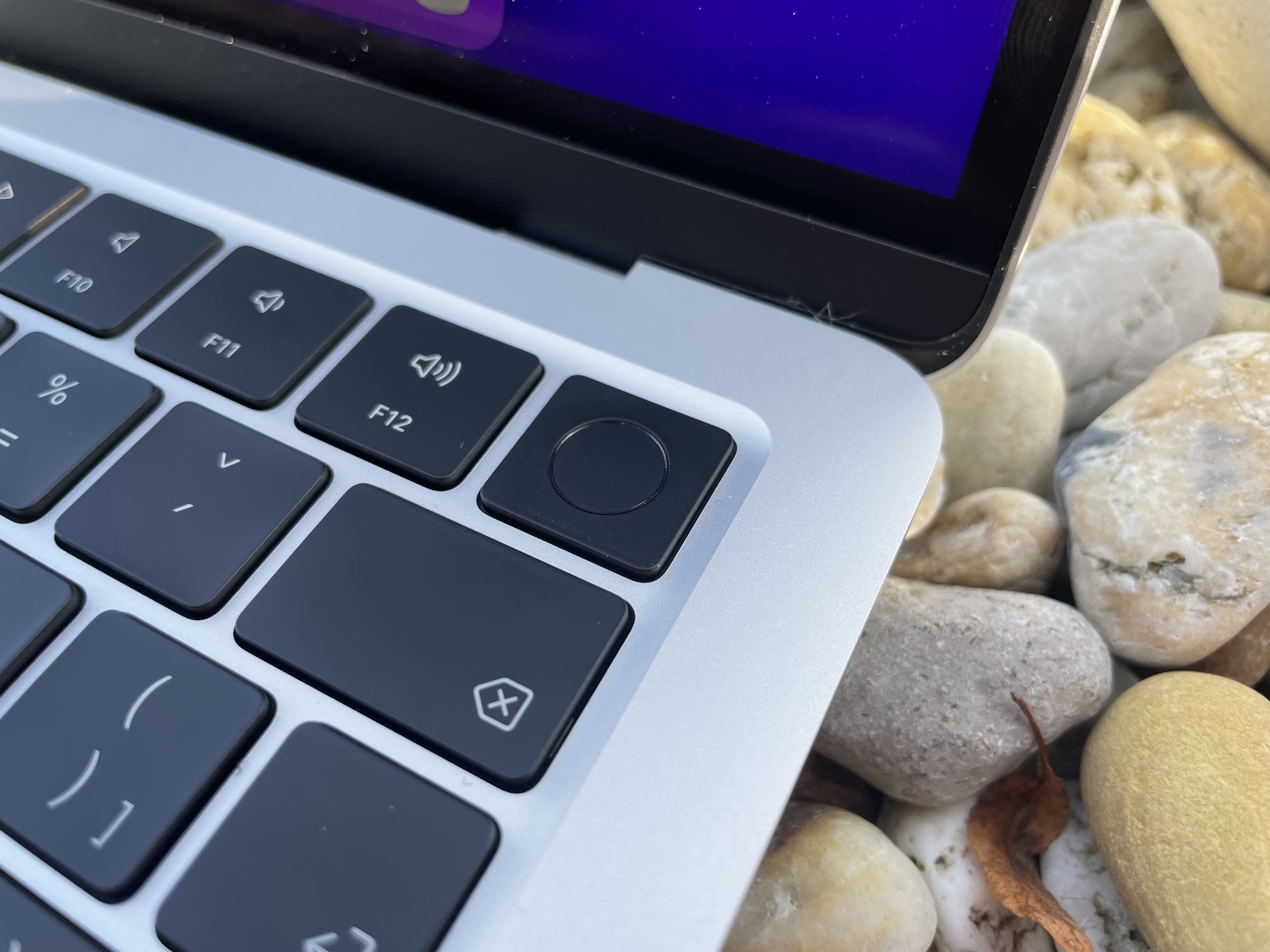Winter is coming. The temperatures outside often drop below zero, and many of us go ice skating, skiing on snowy slopes, or perhaps for a walk in the winter landscape. It's normal that we also take our Apple products with us - for example to take photos or track physical activity. As the temperatures drop, our apple devices require a little different care than usual. How to take care of Apple products in winter?
It could be interest you

How to take care of iPhone and iPad in winter
If you're not going straight to the Arctic Circle with your iPhone or iPad, you can get by with just a few winter care measures. Thanks to them, you will avoid problems with the battery or the functioning of your apple device.
Covers and packaging
The iPhone battery is sensitive to temperatures outside the optimal zone, for example in winter when walking or playing sports. Although this is not such a big problem, it should be taken into account that the iPhone may work less efficiently. To minimize the risk of turning off, carry iPhone in a warm place, such as in a breast pocket under a jacket or in another pocket that is in direct contact with your body. Similar to how you dress in winter, you can protect your iPhone from the cold with layers in the form of leather covers and cases. When storing the iPhone in bags or backpacks, prefer internal pockets.
Protect the battery
The battery of iPhones and iPads is sensitive to temperatures outside the optimal zone, i.e. from 0 °C to 35 °C. If the battery is exposed to too low temperatures, its capacity may decrease, resulting in a shorter battery life. In extreme cases, for example at a temperature of -18 °C, the battery capacity can drop by up to half. Another problem is that the battery indicator can give inaccurate readings under certain circumstances. If the iPhone is exposed to cold temperatures, it may appear to be more charged than it actually is. To avoid these problems, it is important to keep your iPhone warm. If you're going to use iPhone in the winter, carry it in a warm pocket or cover the back of it. If you leave iPhone in your car, avoid exposing it to freezing temperatures. When moving from cold to warm, give your iPhone enough time to acclimatize.
It could be interest you
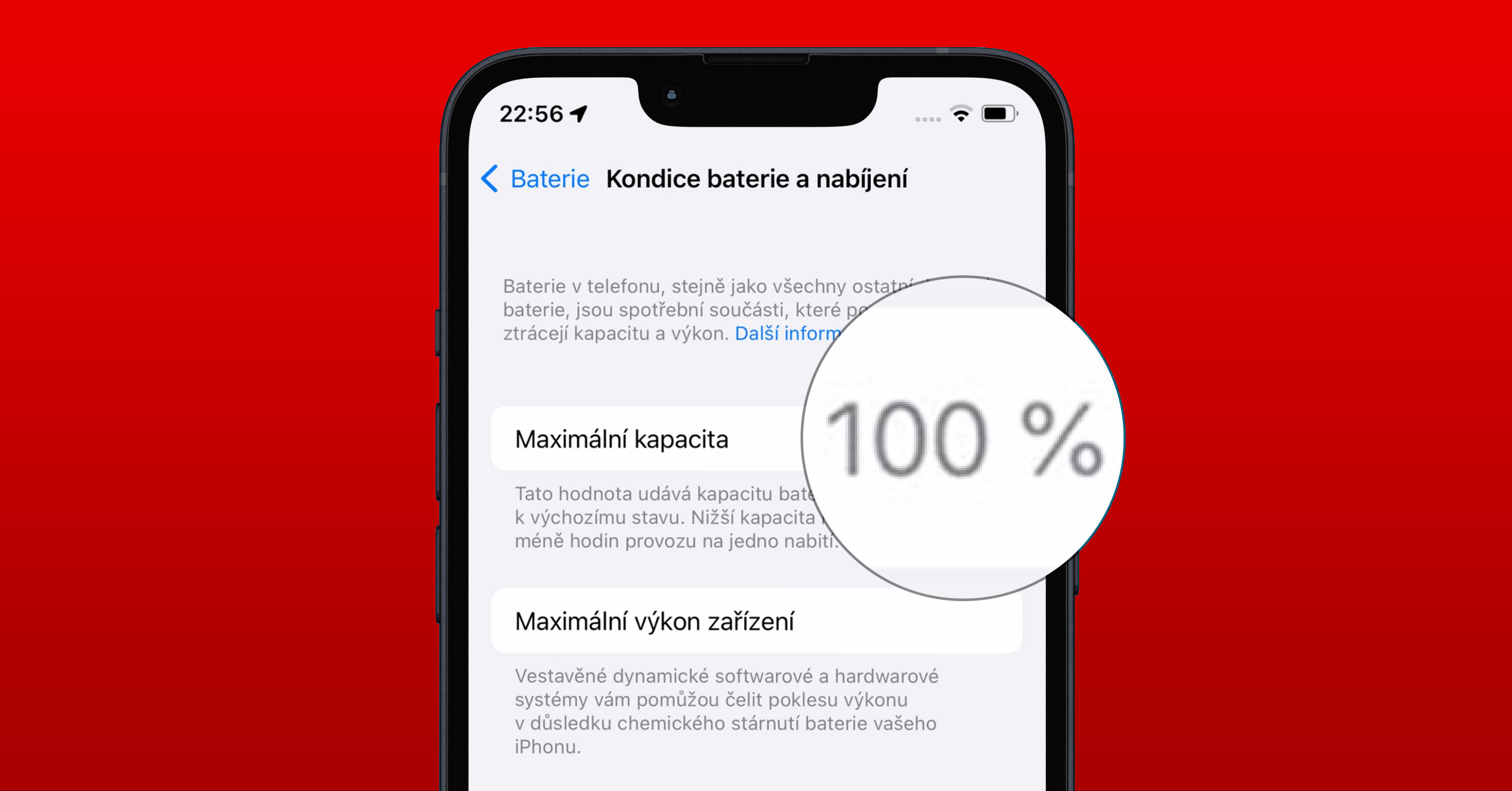
How to take care of your MacBook in winter
If you don't take your MacBook outside your home or office during the winter months, you can of course put the worry completely out of your mind. But if you often move your Apple laptop from place to place in winter and move it outside, it is better to take certain precautions.
Watch the temperature
The Mac, like the iPhone and iPad, has an operating temperature that Apple states ranges from 10°C to 35°C. Even outside this range, your Mac will work, but various problems may occur. The biggest problem with low temperatures is their negative effect on the battery. At temperatures below 10 °C, the battery may discharge more quickly and in extreme cases it may even turn off by itself. Another problem is that the Mac can become slower and less responsive in cold environments. To avoid these problems, try to use your Mac in temperatures above 10°C. If this is not possible, at least use some kind of cover to help retain heat. When transporting your Mac in winter, wrap it in a warm bag or backpack, or put it under your clothes.
Beware of temperature fluctuations
The transition from cold to warm can be tough on electronics – whether it's an Apple Watch, iPhone, iPad or Mac. That's why it's important to acclimatize your MacBook, which has been in the cold for a long time, before turning it on.
A few tips on how to do this:
- Wait at least 30 minutes before turning on your Mac.
- Don't connect your Mac to the charger immediately after it gets warm.
- Place your Mac in a place where it is not exposed to direct sunlight or heat.
- If your Mac doesn't turn on after you turn it on, try leaving it connected to the charger for a while longer. It may be that he needs more time to acclimatize.
Here's an explanation of why this is important:
- The movement of molecules in electronics slows down in the cold. When you bring your Mac into heat, the molecules start moving faster and damage can occur.
- Connecting your Mac to a charger in the cold can also cause damage.
- Placing your Mac in a place where it is not exposed to direct sunlight or heat will help prevent it from overheating.
Beware of condensation
Going from cold to warm can sometimes lead to condensation of water vapor inside electronic devices, including MacBooks. This may cause damage to the device. If you're worried about condensation, you can try putting your MacBook in a microtene bag and letting it acclimatize. This procedure will help prevent moisture from forming on the device.
However, it is important to note that this procedure is not always effective. In some cases, condensation can still damage the device. Therefore, the best way to avoid condensation is to let the MacBook acclimatize at room temperature for at least 30 minutes.
If your MacBook shuts down in cold weather, it's also a good idea to let it acclimate before turning it back on.
Why is condensation dangerous?
- Moisture can cause corrosion of equipment components.
- Moisture can cause a short circuit in electrical circuits.
- Moisture can damage the display.
By following these tips, you can help protect your MacBook from damage caused by condensation. If you want to prevent damage (not only) to your Mac in winter, do not leave your MacBook in a car or other place where it is exposed to extreme temperatures.
If you must use your MacBook in a cold or hot environment, use it with care.
If your MacBook gets overheated or cold, let it acclimate before using it.
